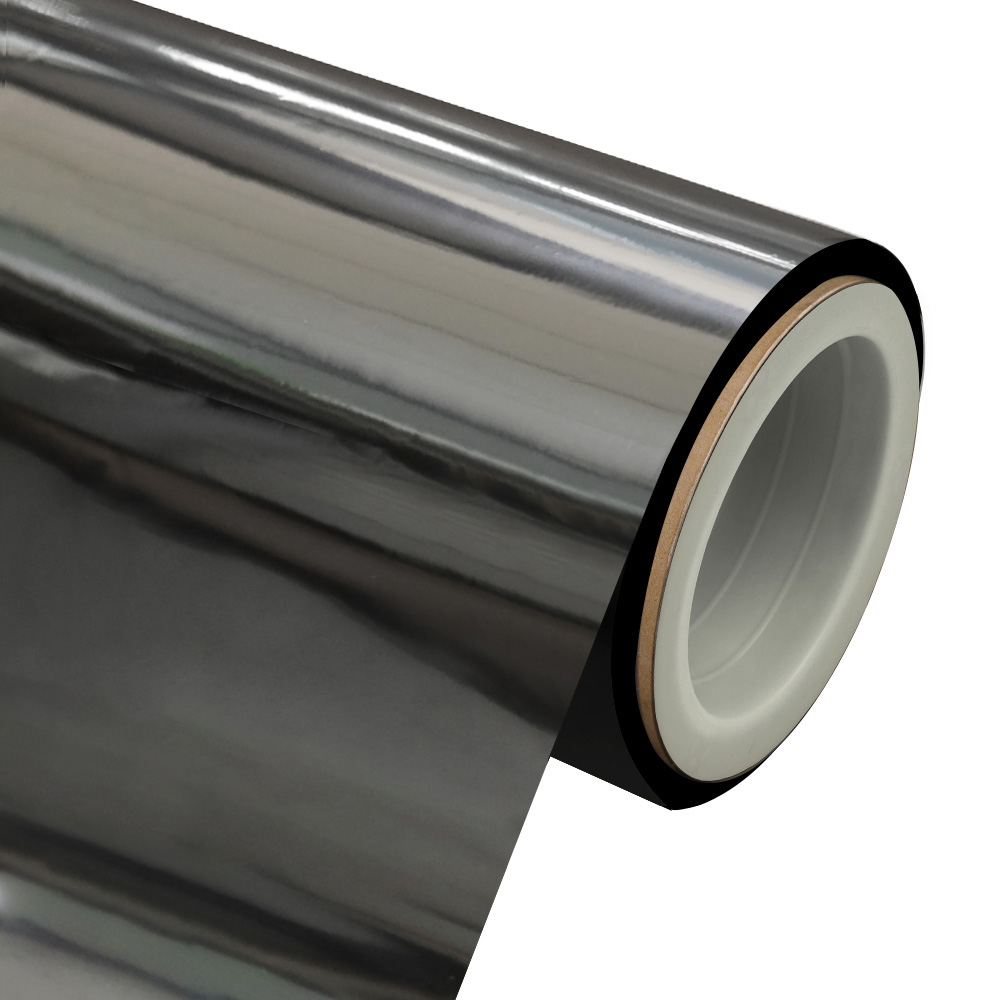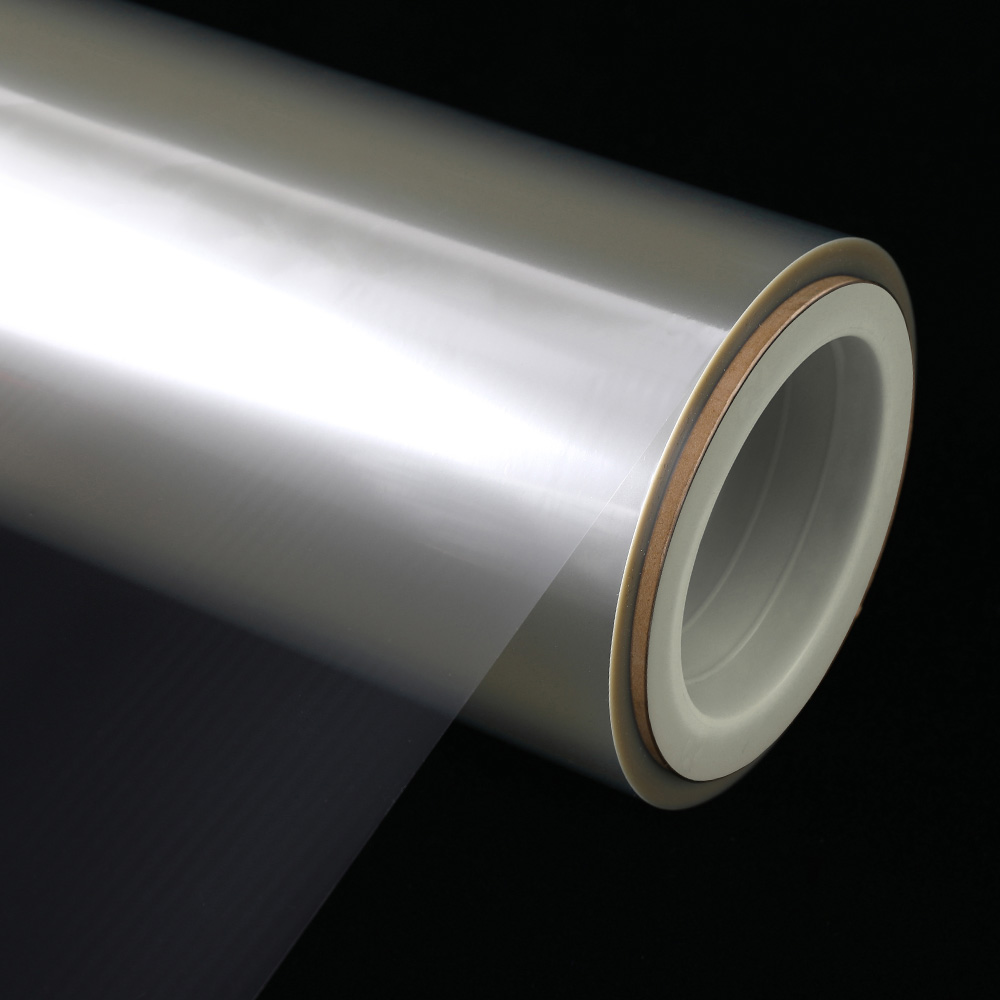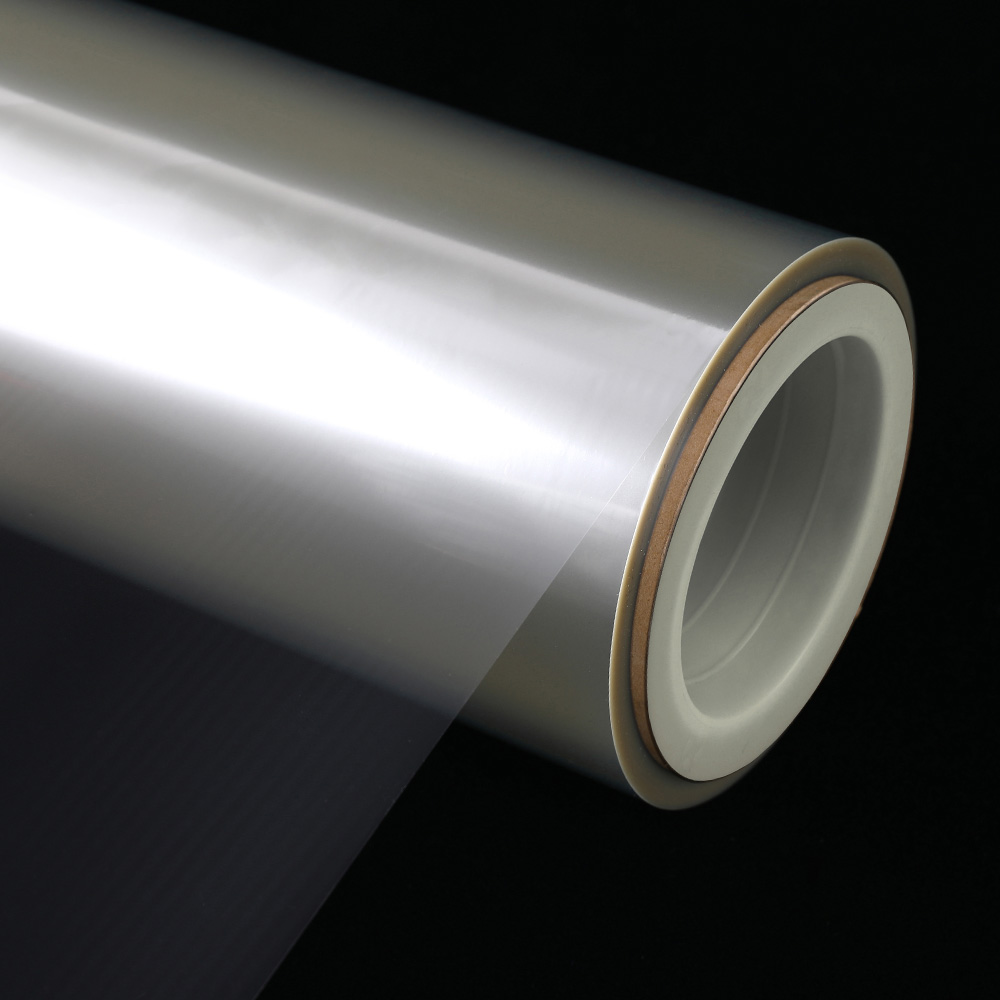How does high bonding metallized CPP film compare to metallized PET or OPP films?
The packaging industry relies heavily on metallized films for their barrier properties, aesthetic appeal, and functional performance. Among these films, high bonding metallized CPP film has gained significant attention due to its superior adhesion properties, flexibility, and compatibility with various lamination processes. However, metallized PET and OPP films remain widely used alternatives, each offering distinct advantages and limitations.
Material Composition and Structure
High bonding metallized CPP film is a cast polypropylene film that undergoes vacuum metallization to deposit a thin aluminum layer, followed by surface treatments (such as corona or flame treatment) to enhance adhesion. This film is specifically engineered for strong bonding CPP film applications, where peel strength and lamination performance are critical.
In contrast, metallized PET (polyethylene terephthalate) and OPP (oriented polypropylene) films are produced using different manufacturing techniques. PET films are known for their high tensile strength and dimensional stability, while OPP films offer excellent clarity and stiffness. Both are metallized to improve barrier properties but may require additional coatings or treatments to achieve comparable adhesion to high adhesion metallized CPP film.
Key Performance Comparisons
1. Bonding Strength and Lamination Performance
The primary advantage of high bonding metallized CPP film lies in its enhanced adhesion properties, making it ideal for lamination films for food packaging and other multilayer structures. Unlike standard metallized films, it is designed to bond effectively with polyethylene (PE) and other substrates without delamination issues.
Metallized PET films, while strong, often require adhesives or primers to achieve sufficient bonding in lamination processes. Similarly, metallized OPP films may exhibit lower inherent adhesion, necessitating surface treatments or co-extrusion layers for improved performance.
2. Barrier Properties
Metallized films are primarily used for their moisture and oxygen barrier properties. High bonding metallized CPP film provides excellent barrier performance, though slightly less than metallized PET, which has superior gas barrier characteristics due to its tighter molecular structure. Metallized OPP films offer moderate barrier properties but are often chosen for applications where stiffness and printability are prioritized over absolute barrier performance.
3. Heat Resistance and Sealability
One of the standout features of metallized CPP film for thermal lamination is its excellent heat-sealability, making it suitable for retort pouches and other high-temperature applications. It can withstand sterilization processes better than OPP films, which may deform under extreme heat. Metallized PET films exhibit high heat resistance but may require specialized sealing techniques due to their higher melting point.
4. Flexibility and Durability
High peel strength CPP film is highly flexible, making it suitable for flexible packaging films that require conformability and puncture resistance. Metallized PET films, while durable, are more rigid and may crack under repeated flexing. OPP films offer a balance between flexibility and stiffness but may not match the elongation properties of CPP films.
5. Processing and Convertibility
Metallized CPP lamination film is favored in extrusion lamination and adhesive lamination processes due to its ease of processing. It bonds well with PE layers, making it a preferred choice for packaging films for retort pouches. Metallized PET films, though mechanically robust, can be more challenging to process due to their stiffness. OPP films are easier to handle than PET but may require additional treatments for optimal adhesion.
Applications in Packaging
The choice between high bonding metallized CPP film, metallized PET, or OPP films depends largely on the end-use application:
| Application | High Bonding Metallized CPP Film | Metallized PET Film | Metallized OPP Film |
|---|---|---|---|
| Retort pouches | Excellent (heat-resistant) | Good (high barrier) | Limited (heat-sensitive) |
| Snack and dry food packaging | Good (flexible, strong seals) | Good (high barrier) | Excellent (printability) |
| Cosmetic packaging | Good (conformable, durable) | Excellent (rigid, premium look) | Good (glossy finish) |
| Pharmaceutical blister packs | Limited (lower stiffness) | Excellent (high barrier, rigid) | Good (moisture barrier) |
| Vacuum packaging | Good (flexible, strong seals) | Excellent (high barrier) | Moderate (less airtight) |
High bonding metallized CPP film offers unique advantages in applications requiring strong adhesion, heat resistance, and flexibility. While metallized PET films excel in high-barrier and rigid packaging, and OPP films are preferred for printability and stiffness, metallized CPP for flexible laminates remains a versatile choice for many lamination and sealing applications. The selection ultimately depends on the specific requirements of the packaging structure, processing conditions, and end-use performance.
By understanding these differences, manufacturers and converters can make informed decisions when choosing between high adhesion films for multilayer packaging and other metallized film options. The continued innovation in metallized plastic film for adhesives and lamination grade metallized CPP ensures that these materials will remain essential in advanced packaging solutions.


 English
English  中文简体
中文简体 





